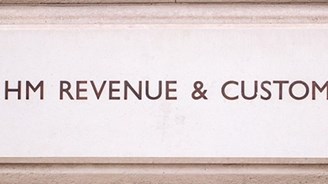Corporation Tax Loss Reform

From 1 April 2017, the tax treatment of certain types of carried forward losses were reformed for corporation tax purposes. Previously, trading losses could only be set against later profits of the same trade and non-trading deficits on loan relationships could only be set against non-trading profits. Carried-forward amounts could not be surrendered as group relief.
The reforms made two main changes. Firstly, they increased the company’s flexibility to set off carried-forward losses, either against the company’s own total profits in later periods or in the form of group relief in a later period. Secondly, they limited the amount of profit against which carried-forward losses can be set to a maximum of 50% of the company’s total profits for the period. Each group (or a company that is not part of a group) has an annual allowance of £5m profits. Carried-forward losses can be set against that amount without restriction. The 50% restriction applies to profits above the £5m annual allowance.
No changes are made to relief for in-year losses, in-year group relief or to losses carried-back to an earlier period. There is also no change to the treatment of allowable losses under the chargeable gains legislation.
The rules apply to losses arising in the form of trading losses, expenses of management, non-trading loan relationship deficits, UK property business losses and non-trading losses on intangible fixed assets. Existing anti-avoidance rules covering loss buying, deduction buying and ‘loss refresh’ were be amended to reflect the changes set out above. Additional anti-avoidance rules were put in place to prevent exploitation and abuse of the new flexibility.
A sting in the tail
For many single companies, the £5m deductions allowance will not be relevant. However, the law (s269ZZ CTA 2010) states that a company’s deductions allowance must be specified in the return. Rather strangely, if it is not specified, old (pre-1 April 2017) trade losses brought forward suffer a restriction. This restriction is to set off only 50% of the brought forward amount against trading profit. A similar rule applies to non-trading loan relationships.
It is not really clear why this rule is in place but the critical point is to specify the deductions allowance in the return. This needs to be clarified with relevant software providers and if nothing else specifically referred to in the white space or tax computations to avoid nasty surprises in the future.



